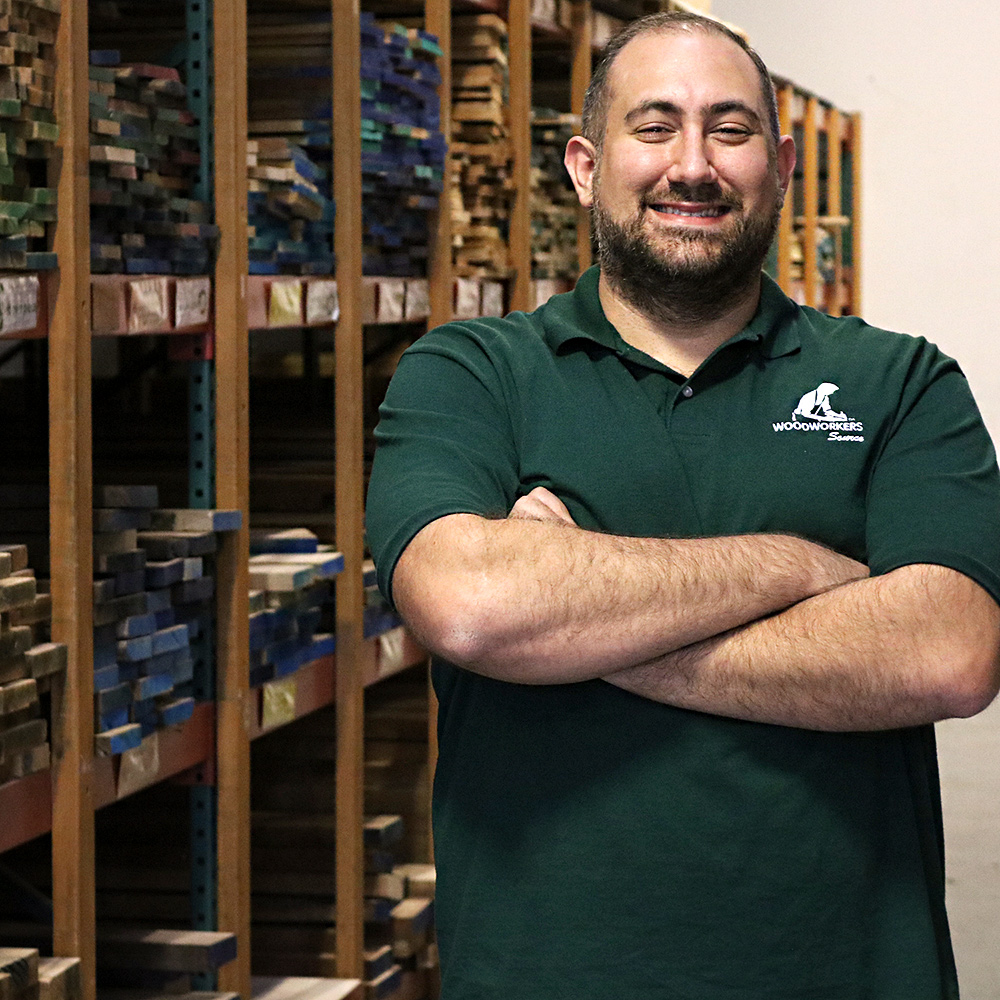When it comes to building an outdoor woodworking project you’re fighting a battle against the sun, rain, snow, insects, and more. That makes it crucial to choose the right wood that can stand up to mother nature’s best punch.
Some woods do that better than others, so let’s dig in!
Good news for you, there are a ton of great wood options for outdoor furniture and other wood projects. Here are some of the best options to consider:
There are a ton of other options out there, in the decking world there are dozens of woods from South America that are also perfectly fine options to consider as well.
To put up a good fight against the elements, there are two main factors that lumber needs in order to last:
Woods on the list above have natural (or through some sort of treatment) preservatives that help ward off insects and harsh weather climates. Some woods are denser than others, and there is a wide variety of color and grain differences in these woods.
You’ve probably been told once or twice that teak is the best outdoor wood and nothing else compares. And yes, teak has the natural oils, stability, and everything you are looking for in an outdoor wood.
The bad news: teak is nearly impossible to find in raw lumber form. The countries where teak comes from want to keep manufacturing jobs in the country and have added a high tariff on exporting raw lumber. On top of that, here in the US, political disruptions led the US to add tariffs on top on imports. Therefore teak pricing has gone through the roof!
There are a couple of alternatives to teak, the first being plantation-grown teak from South America. This lumber is often much narrower and doesn’t have nearly the same rich color, so we don’t often recommend it.
Instead, check out iroko and afrormosia. These two woods are closer in color to teak, great for outdoor projects, and much more available (cheaper) than teak. Colloquially iroko is even sold as African teak as a way to better introduce the wood to more woodworkers.
We’ve all seen an Adirondack chair that turned gray to the point that you can’t tell what wood it was made with. Sadly, that’s the fate for any outdoor project that isn’t maintained over time. When it comes to finishing an outdoor wood project there are 4 options for a finish that will help protect your build:
If you want the easiest finish that will hold up the longest, I’m sorry to tell you, but it is time to break out the paint. Paint is going to hide the wood, but this is perhaps the best protective coat.
Marine varnish and epoxy are two great options for outdoor projects, but these options don’t penetrate into the wood and we find they are a pain to apply. Over time you’ll run into the risk of the topcoat wearing off or tinting your project with a yellow color.
Our favorite option is an exterior oil or teak oil. An exterior oil can penetrate through the grain of the wood providing longer lasting protection, and the wipe-on application is easy to refresh as needed. And, an added benefit of an oil finish: the oil will add a rich warmth to the color of the wood.
Additionally, consider using a topcoat UV inhibitor like Howard’s Sunshield Wood Conditioner. UV rays are the number one contributor to color fade, and a topcoat like this is easy to apply for added protection.
We have a wide selection of outdoor woods that are available by the board foot or in packs with free shipping right to your front door!

Marketing Manager – Woodworkers Source
We’re a family-owned lumber & woodworking supply retailer with 3 delightful stores in Arizona, and 35 friendly employees.
Corey oversees marketing in-store and online for Woodworkers Source. He’s a sucker for dark hardwoods like Walnut and Wenge, yet has a soft spot for Canarywood.
